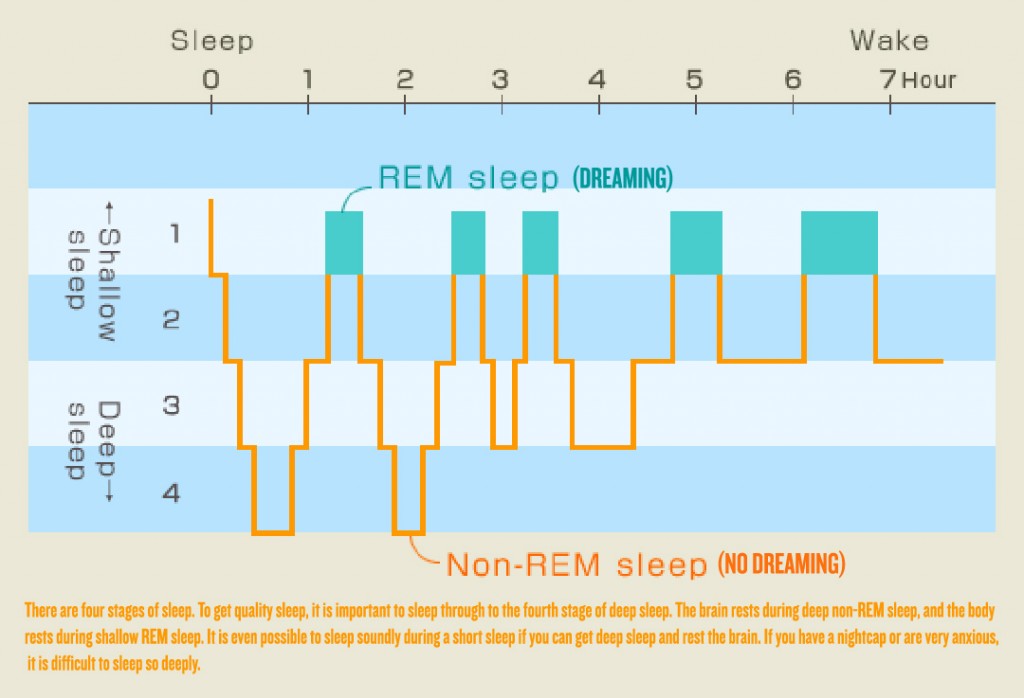The other night at a dinner party my friends and I were having a great conversation about deep sleep and dreaming, which is where I learned about an interesting new app called SleepTime. The app monitors your every move during your sleep and when you wake up in the morning you have a full report showing a time chart with the peaks and valleys of your night’s sleep. I just tried it last night for the first time and the report I got this morning was fascinating. Serendipitously, a few minutes later I had noticed that Brain Pickings had posted a story entitled “The Science of Sleep: Dreaming, Depression, and How REM Sleep Regulates Negative Emotions“.
The article profiles the 2010 book The Twenty-four Hour Mind: The Role of Sleep and Dreaming in Our Emotional Lives written by groundbreaking sleep researcher Rosalind D. Cartwright whose 50-year career has had a profound effect on the field. Affectionately known as The Queen Of Dreams, Cartwright’s research had led to several fascinating discoveries which touch on many exciting areas including how deep-sleeping and dreaming play a powerful role in regulating our negative emotions. One of Cartwright’s most incredible discoveries was that the most depressed test subjects tended to get pulled out of their deep sleep much more quickly than normal test subjects, which means that within 45 minutes of falling asleep these subjects were already experiencing their first REM sleep phase (each night’s sleep one usually falls into a deep sleep valley about 4 or 5 times and then come to an REM ‘almost awake’ peak about the same number of times — these REM peaks are when dreaming occurs). In the most depressed subjects, when they are awaken during their REM sleep they have no idea what they were dreaming about (this does not happen in a normal subject’s brain). Furthermore, because these depressed subjects tend to get pulled out of their first deep sleep valley so quickly they end up missing out on their essential boost of human growth hormone which normally kicks in during the lengthy first deep sleep valley of a healthier brain.
There are many more fascinating tidbits in the Brain Pickings article and you can read it in full by visiting BrainPickings.org. To pick up your own copy of Rosalind D. Cartwright’s The Twenty-four Hour Mind: The Role of Sleep and Dreaming in Our Emotional Lives simply head over to Amazon. To learn more about the SleepTime iPhone app be sure to read a terrific article at Mashable.


